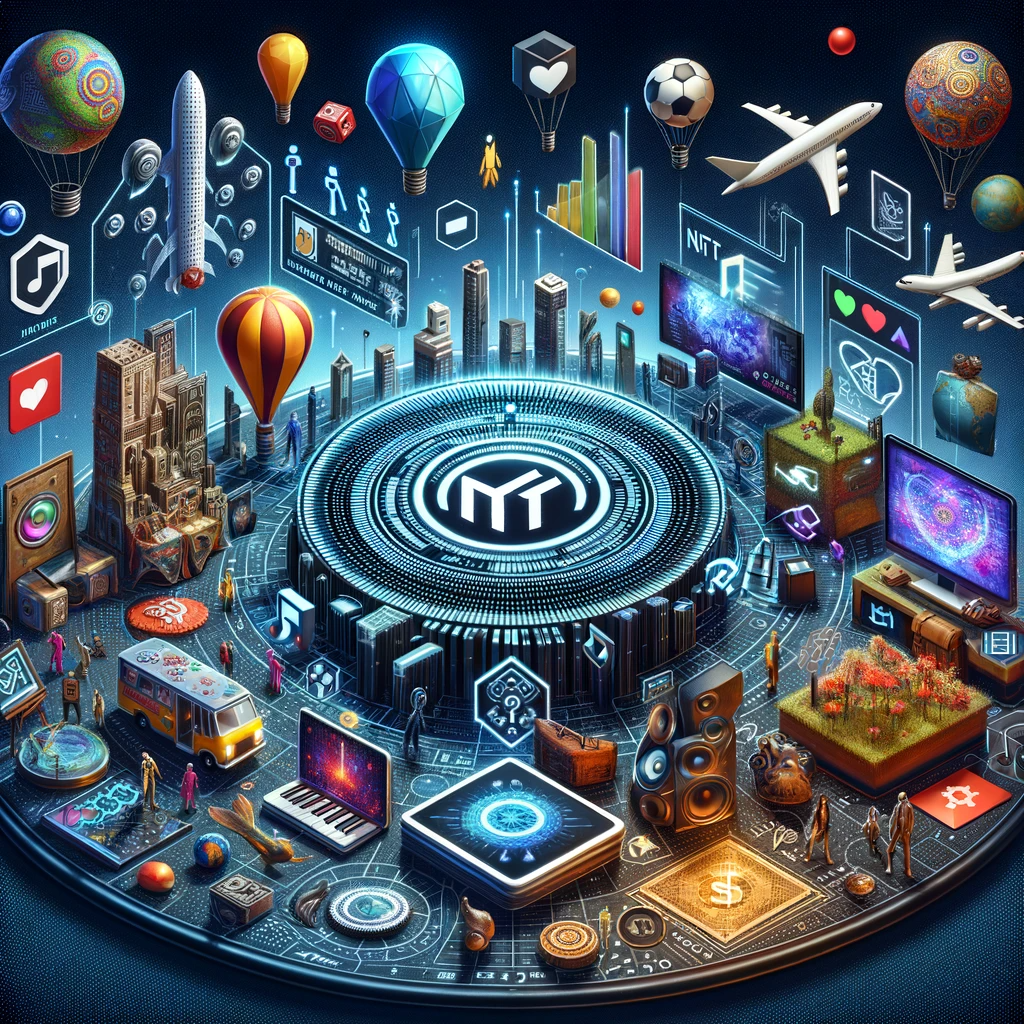Posted on January 4, 2024
NFTs: The New Frontier of Loyalty Programs and Beyond
Like Browser Cookies, but Immutable and Decentralized
In recent years, Non-Fungible Tokens (NFTs) have emerged as more than just a cryptocurrency trend. They are revolutionizing loyalty programs, offering new ways for brands to engage customers, and reshaping entire industries. This piece explores the burgeoning world of NFTs, delving into their multifaceted applications and the challenges they face

The Rise of NFTs in Loyalty Programs:
The initial buzz around NFTs in 2021 may have settled, but the real magic is unfolding under the hood. Brands like Nike, Starbucks, and Mercedes are pioneering Web3 loyalty programs, leveraging NFTs to create dynamic consumer engagement. Unlike traditional loyalty programs that lost their spark, NFTs offer personalized experiences and a deeper connection with brands.
Web3 wallets and dynamic NFTs are at the forefront of this transformation. Imagine an airline loyalty card that evolves based on your travel or exclusive access to events and sales through token-gating. This is where NFTs shine, offering personalization at a whole new level.
Major brands are not just jumping on the bandwagon for the hype. They see NFTs as a means to reimagine the historically fragmented relationship between products, consumers, and brands. The transition from old-school loyalty programs to Web3’s approach is refreshing. It’s about creating superfans, engaging them in unique experiences, and giving them a stake in the brand’s journey.
Case Studies in NFT Loyalty Programs:
- Coca-Cola: Ventured into NFTs with a collection of virtual objects auctioned on International Friendship Day, benefiting Special Olympics International.
- Singapore Airlines: Pioneered blockchain use in loyalty programs with KrisPay in KrisFlyer, later experimenting with NFTs in charity sales.
- Paris Saint Germain (PSG): Issued fan tokens, allowing fans to influence team decisions and access VIP rewards, monetizing fan engagement.
These examples demonstrate how NFTs can deepen fan engagement and offer a new dimension to customer loyalty.
NFTs are not confined to loyalty programs. Their potential stretches across various sectors:
- Art and Collectibles: Artists issue work as NFTs for authenticity and royalties.
- Gaming: Represent in-game assets, introducing a new economy for players.
- Music: Allow musicians to regain control over their work and receive fair compensation.
- Real Estate: Tokenize property for fractional ownership and easier asset transfer.
- Fashion: Authenticate products and bridge physical goods with digital experiences.
- Sports: Digital collectibles and fan tokens enhance engagement.
- Identity: Secure and immutable representation of personal information.
Despite their potential, NFTs face significant challenges:
- Environmental Impact: The energy consumption of blockchain technology, particularly Ethereum, is a major concern.
- Market Volatility: The speculative nature of NFTs introduces risks in value fluctuations.
- Regulatory Landscape: Legal frameworks around intellectual property rights and taxation are still evolving.
- Accessibility: The complexity and cost of NFTs can be a barrier to entry.
- Technological Barriers: Broad acceptance requires improving user experience and simplifying NFT interactions.
Where are NFTs headed from here?
The world of NFTs is rapidly evolving, redefining concepts of ownership and creating new economic models. From revolutionizing loyalty programs to transforming industries, NFTs offer unparalleled potential. However, addressing environmental concerns, regulatory uncertainties, and ensuring sustainable and inclusive growth will be key to the long-term success of this innovative technology. As we stand at the cusp of this digital revolution, it’s clear that NFTs are not just a fleeting trend but a fundamental shift in how we interact with the digital world.
